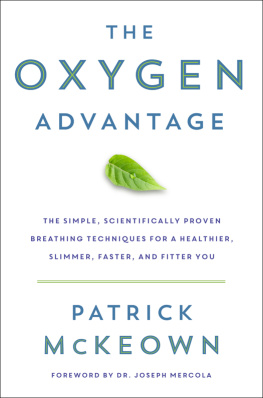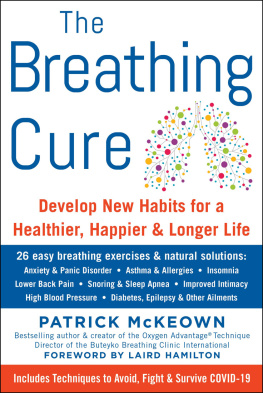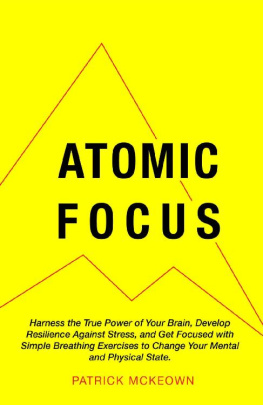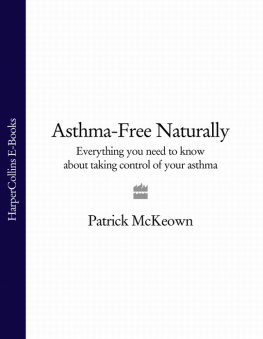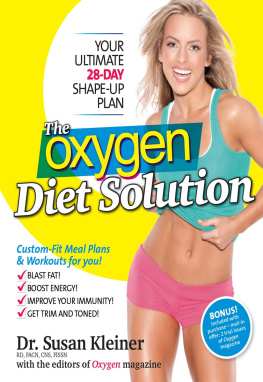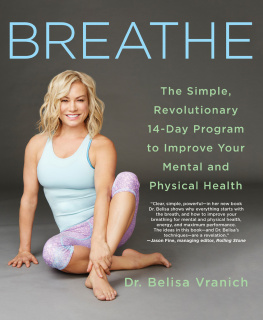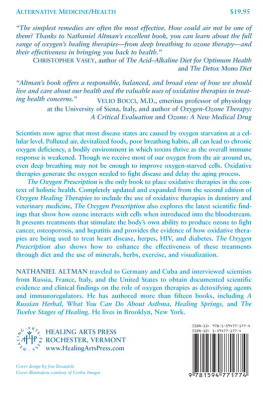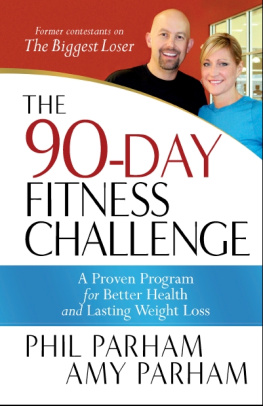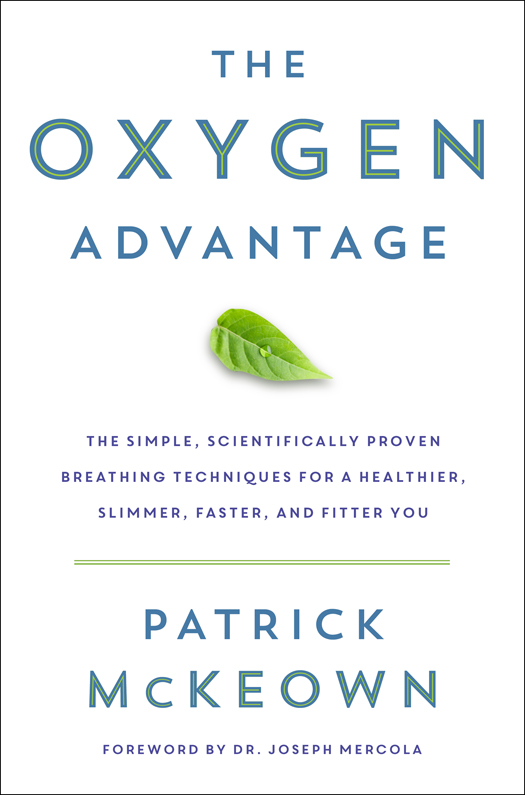Contents
Guide
S port has always been the great love of Don Gordons life. He loved everything about itthe sweat, the competition, the adversity, the triumph. Growing up, he attended many races and football games with his father, watching his favorite competitors and aspiring to be just like them. Nothing compared to the atmosphere of a good game: the excitement of the fans, the shouts of encouragement (or profanities, according to the progress of the game), and always the belief and the hope that one day he would be just like the athletes he idolized.
As a teenager, cycling was Dons sport. He spent hours training on his bike, but he could never quite keep up with his fellow cyclists. He tired quickly and more often than not found himself breathless, watching from a distance as his friends rode their bikes farther and longer than he ever could. As time passed Don reluctantly gave up his dream of competing like the athletes he so admired as a boy. He finally accepted that there was no place for him in the world of competitive cycling.
Twenty years later Don had become director of European operations in a leading American technology firm. While on a trip to Europe, he happened across my Oxygen Advantage program. Because Don had tried so many things before, he was skeptical, but decided to give it a shot. He got in touch with me, and in our first session together I gave him the crash course I gave you in the introduction to this book. He had never considered the relationship between physical capacity and correct breathing, but with a new understanding of the potential of improved body oxygenation, Don began practicing the exercises I gave him. Within days he felt better and had greater energy than ever before. Flash-forward to today: Don has been free of wheezing, allergies, and medications for more than seven years. He is also now a competitive long-distance cycler, and in his most recent race he finished first in his age division. And heres the best part: At the age of fifty-eight, he had the twenty-ninth-fastest overall time across a wide field of 320 competitors, including exceedingly fit twenty- to thirty-year-olds. He has finally come to resemble the athletes he so looked up to as a boy.
Getting his breathing right was the key to changing everything for Don. Breathing is natural and involuntary. We dont have to remember to breathe in and out. If we did, either we would have to devote all of our time and energy to it, or we would have stopped living a long time ago. But while breathing is our most instinctive act, many factors of modern life negatively affect our breathingand worse still, were highly misinformed about how our breathing affects our bodies during physical exertion. During a presentation to a group of runners who were due to compete in the Dublin city marathon the next day, I posed this question: Who here believes that taking a large breath into the lungs during rest will increase oxygen content of the blood? Without hesitation, 95 percent of the runners raised their hands. They were wrong, but they arent alonethis belief is widespread in the world of sports and fitness. But taking a large breath into the lungs during rest will not increase oxygen content. It is exactly the wrong thing to do if you seek greater endurance.
Based on this misconception, many athletes adopt the practice of intentionally taking deep breaths during rest and training, and especially when their bodies are overtaxed. By doing so, however, they in fact limit and sometimes even diminish their performance.
As I will explain, however, it is possible to reverse these negative influences of modern life and to condition our body to breathe healthy amounts of air during resting periods. By doing so, we ensure that the right amount of oxygen is powering our muscles, lungs, and heart. This will lead to reduced breathlessness during physical exercise, which in turn will make improved fitness more attainable. Better breathing is the gateway to a new realm of health.
Breathe Right to Maximize Oxygenation of Your Brain, Heart, and Other Working Muscles
Before you start the Oxygen Advantage exercises, it is important for you to have a basic understanding of the respiratory system and the role of carbon dioxide in your body. If you would like to bypass the science, you can go straight to chapter 2, but the more you know, the more you can work with your body and not against it.
The Respiratory System
Your respiratory system comprises the parts of your body that deliver oxygen from the atmosphere to your cells and tissues and transport the carbon dioxide produced in your tissues back into the atmosphere.
Your respiratory system contains everything you need to adequately oxygenate your body for exercise and high-performance sports... so long as you allow it to function properly. When we breathe, air enters the body and flows down the windpipe (trachea), which then divides into two branches called bronchi: One branch leads to the right lung, the other to the left. Within your lungs, the bronchi further subdivide into smaller branches called bronchioles, and eventually into a multitude of small air sacs called alveoli. To visualize this complex system, imagine an upside-down tree. Your trachea is the trunk, and the bronchi form two large branches at the top of it, from which the smaller branches of the bronchioles grow. At the end of these branches are the leavesthe round sacs of the alveoli, which transport oxygen into the blood. It is quite a striking example of evolutionary balance and beauty that the trees around us that give off oxygen and the trees in our lungs that absorb it share a similar structure.
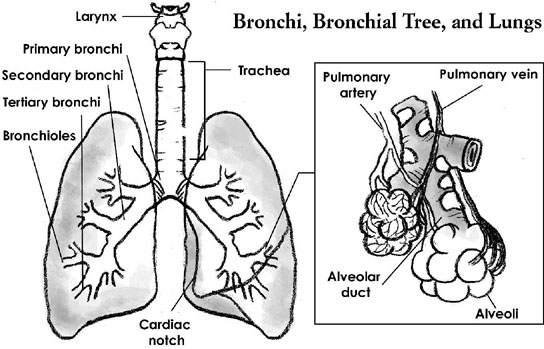
The lungs contain approximately 300 million alveoli, each of which is surrounded by tiny blood vessels called capillaries. To put this immense number in context, the area of contact between your alveoli and blood capillaries is equivalent to the size of a tennis court. This large, impressively contained surface provides the potential for an extremely efficient transfer of oxygen to the blood.
As Ive explained, oxygen is the fuel that muscles need to work efficiently. It is, however, a common misconception that breathing in a larger volume of air increases the oxygenation of the blood. It is physiologically impossible to increase the oxygen saturation of the blood in this way, because the blood is almost always already fully saturated. It would be like pouring more water into a glass that is already filled to the brim. But what is oxygen saturation exactly, and how does it relate to properly oxygenating our muscles?
Oxygen saturation (SpO2) is the percentage of oxygen-carrying red blood cells (hemoglobin molecules) containing oxygen within the blood. During periods of rest the standard breathing volume for a healthy person is between 4 and 6 liters of air per minute, which results in almost complete oxygen saturation of 95 to 99 percent. Because oxygen is continually diffusing from the blood into the cells, 100 percent saturation is not always feasible. An oxygen saturation of 100 percent would suggest that the bond between red blood cells and oxygen molecules is too strong, reducing the blood cells ability to deliver oxygen to muscles, organs, and tissues. We need the blood to release oxygen, not hold on to it. The human body actually carries a surplus of oxygen in the blood75 percent is exhaled during rest and as much as 25 percent is exhaled during physical exercise. Increasing oxygen saturation to 100 percent has no added benefits.

